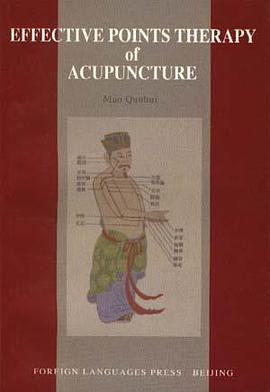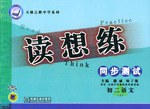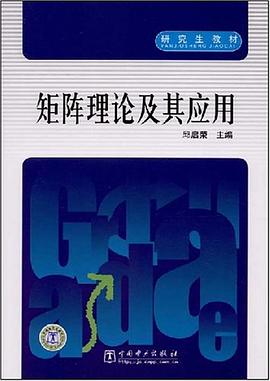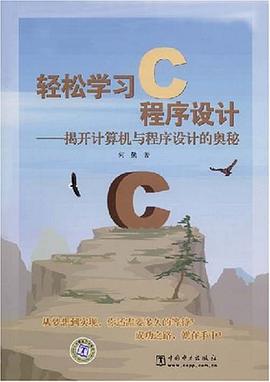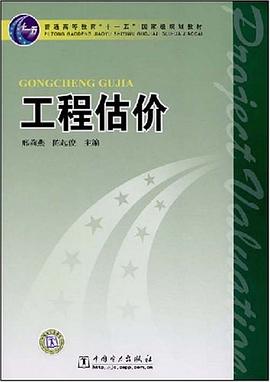Contents
Chapter 1 Introduction to the Effective Points
I. The Concept of the Effective Points
II. Discovering Effective Points
III. The Theory Behind Effective Points Therapy
Chapter 2 Section, Zone, and Channel Division
I. The Rationale for Section, Zone, and Channel Divi-
sion
II. The Method of Division
III. Determining the Longitudinal Channels
Chapter 3 The Effective Points Distribution Prin-
ciples
I. The Effective Points on the Affected Area
II. The Effective Points in the Corresponding Zones and
Channels
III. The Effective Points in the Finger-toe Corresponding
Channel
IV. The Effective Points in the Corresponding Plane
V. The Effective Points Selected According to the Spine
VI. The Effective Points in an Unfixed Longitudinal
Channel
VII. The Effective Points of the Secondary Focus
Chapter 4 Locating Effective Points
I. Pushing
II. Pressing
III. Holding and Kneading
IV. Massaging
V. Tapping
Chapter 5 Acupuncture Techniques
I. Filiform Needle
II. Needling Methods
III. Precautions, Contraindications, and Treatment of
Possible Accidents in Acupuncture Treatment
IV. The Three-edged Needle
V. The Intradermal Needle
VI. The Hot Needle
VII. Electro-acupuncture
VIII. Hydro-acupuncture
Chapter 6 Moxibustion and Cupping
I. Moxibustion
II. Cupping
Chapter 7 Several Key Points About Improving
Therapeutic Effects
I. The Needling Reaction and the "Three Connections
II. The Application of Effective Points
III. Timely Treatment
IV. Regulating the Whole Body and Correcting Ab-
normal Cervical and Lumbar Vertebrae
V. Neural Types and the Amount of Stimulation
Chapter 8 Diseases, Part 1
1. Bell's Facial Paralysis
2. Cerebral Thrombosis
3. Headache
4. Neck Sprain
5. Cervical Spondylopathy
6. Scapulohumeral Periarthritis
7. Trigeminal Neuralgia
8. Mandibular Joint Syndrome
9. Hypochondriac Pain
10. Tennis Elbow
11. ThecalCyst
12. Chronic Lumbar Muscle Strain
13. Sciatica
14. The Disorder of the Posterior Joints of the Lumbar
Vertebrae
15. Neuritis of the Lateral Cutaneous Nerve of the
Thigh
16. Common Cold
17. Chronic Bronchitis
18. Bronchial Asthma
19. Essential Hypertension
20. Angina Pectoris
21. Rheumatic Fever
22. Erythema Annulare Rheumatism
23. Paroxysmal Tachycardia
24. Anemia
25. Chronic Gastritis
26. Peptic Ulcer
27. Acute and Chronic Diarrhea
28. Gastrointestinal Neurosis
29. Gastroptosis
30. Prolapse of the Rectum
31. Habitual Constipation
32. Retention of Urine
33. Impotence
34. Insomnia
35. Neurasthenia
36. Hysteria
37. Epilepsy
38. Parkinson's Syndrome
39. Diabetes Mellitus
40. Obesity
Chapter 9 Diseases, Part 2
41. Thyroid Adenoma
42. Acute Mastitis
43. Herpes Zoster
44. Urticaria
45. Neurodermatitis
46. Psoriasis
47. Erythromelalgia
48. Irregular Menstruation
49. Dysmenorrhea
50. Amenorrhea
51. Dysfunctional Metrorrhagia
52. Leukorrhea
53. Chronic Pelvic Inflammation
54. Prolapse of the Uterus
55. Menopausal Syndrome
56. Sterility
57. Insufficient Lactation
58. Acute Infantile Convulsion
59. Infantile Diarrhea
60. Children's Enuresis
61. Infantile Malnutrition
62. Conjunctivitis
63. Hordeolum
64. Chronic Dacryocystitis
65. Tinnitus and Deafness
66. Allergic Rhinitis
67. Nasosinusitis
68. Acute Pharyngitis
69. Chronic Pharyngitis
70. Toothache
71. Recurrent Mouth Ulcer
Bibliography
Supplement 1 Treatment for Selected Symptoms
Supplement 2 Names and Locations of Common
Acupoints
· · · · · · (
收起)
